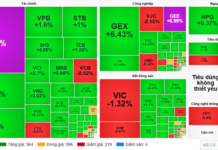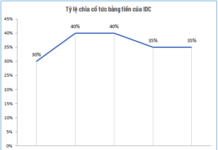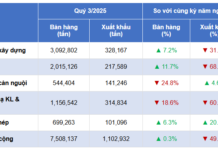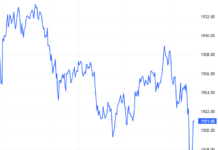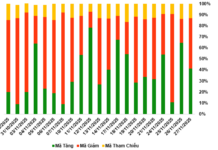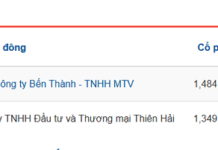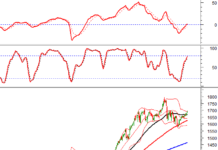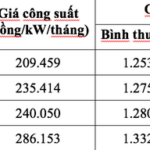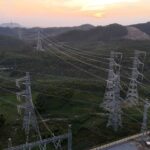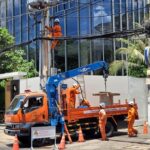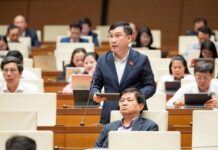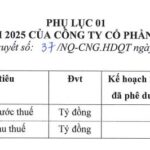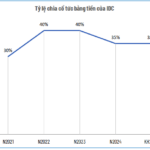According to Vietnam Electricity (EVN), in compliance with the directives of the Ministry of Industry and Trade, the company has finalized the proposal titled “Development of a Two-Component Electricity Pricing System (Capacity Price and Energy Price) and Implementation Roadmap for Vietnam’s Power Sector.” The Ministry of Industry and Trade has approved EVN’s pilot implementation of the two-component retail electricity pricing calculation on paper, starting from October 2025.
The pilot program targets manufacturing customers with an average monthly electricity consumption of 200,000 kWh or higher, directly supplied by EVN and its subsidiaries.
EVN stated that the paper-based calculation, utilizing real-world data, aims to progressively prepare for the official adoption of the two-component pricing mechanism as outlined in Article 50 of the revised 2024 Electricity Law. This initiative seeks to gradually replace the current single-component pricing structure, ensuring alignment with technical infrastructure, legal frameworks, and consumer adaptability.
The two-component pricing system comprises the maximum capacity usage charge and the actual energy consumption charge. Specifically, customers’ electricity bills will be divided into two parts: one for the maximum demand capacity (Pmax), reflecting fixed costs in electricity supply, and the other for actual energy consumption (Ap), representing variable costs tied to usage levels.

EVN will pilot the two-component electricity pricing in October.
“The implementation of this model is expected to encourage customers to use electricity more efficiently. By reducing maximum demand capacity, customers can lower their electricity bills, even with the same consumption levels. This not only helps businesses cut costs but also alleviates operational pressure on the power grid, optimizes investment, and enhances societal resource utilization,” EVN explained.
During the pilot phase, EVN will apply a four-voltage-level pricing structure. Capacity charges range from 209,459 VND/kW/month for high-voltage customers (U ≥ 110kV) to 286,153 VND/kW/month for low-voltage customers (U < 6kV). Energy charges are categorized into three time frames: normal, peak, and off-peak. Peak-hour rates reach up to 2,251 VND/kWh, while off-peak rates drop to a minimum of 843 VND/kWh.
EVN emphasized that this is a trial phase, with calculations not yet reflected in actual bills. However, the results will serve as a critical foundation for refining the official implementation roadmap in the coming years.
EVN Officially Tests New Electricity Pricing on Paper: Detailed Rate Breakdown
EVN is set to pilot a two-tier retail electricity pricing model on paper starting October 2025, targeting manufacturing customers with an average monthly consumption of 200,000 kWh or more.
Landmark $320 Million Project Hits Major Milestone, Surpassing Schedule by 8 Months
The groundbreaking national key project commenced on March 16th, spanning across the provinces of Lao Cai and Phu Tho.

